There are 56 official ethnic groups in China: the majority Han ethnic group which comprises 91% of the population (over 1 billion people), and the 55 minority ethnic groups making up the rest. Minority ethnic groups range in size from a few thousand to nearly 20 million.
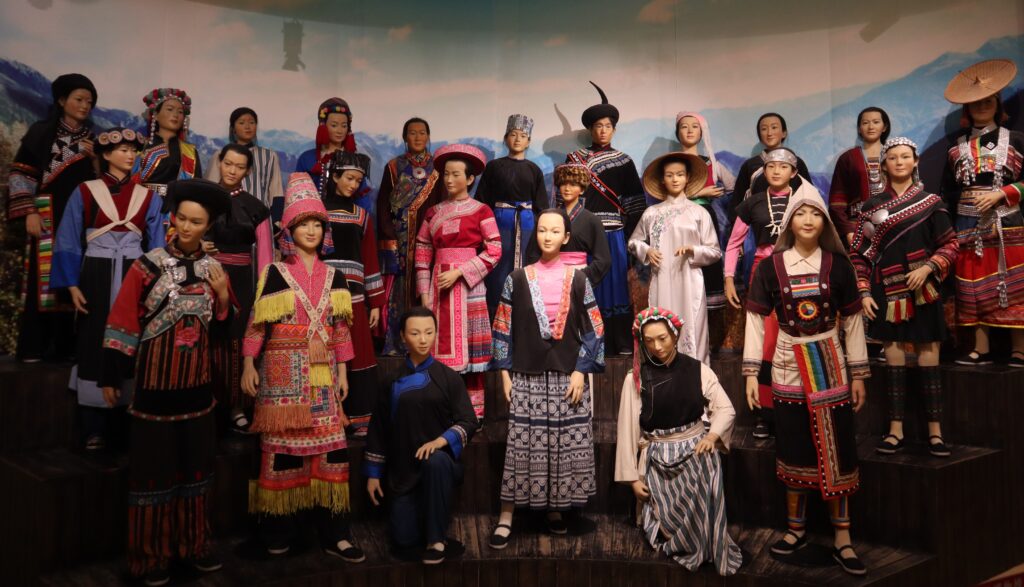
The Qiang are one ethnic group in China, from the northwest of Sichuan, with a population of over 300,000. A large part of my family is Qiang. While there are other Qiang hotspots, Maoxian (茂县) is important for its large majority Qiang population and is where I trace my Qiang ancestry. Maoxian is a county within Abazhou (阿坝州), a region in Sichuan with many Tibetan and Qiang groups. Maoxian has a main downtown area but also encompasses the surrounding mountains (and their villages).
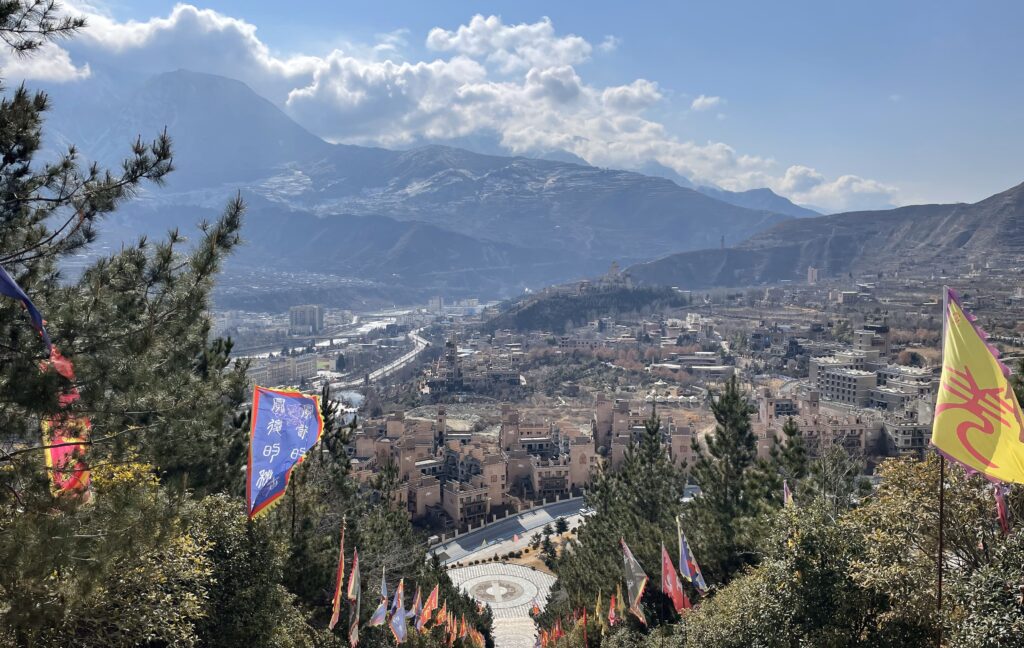
Qiang may be culturally defined by being sort of “in between” Han and Tibetan, due to their historical location and influence from past groups, like the ancient Tibetan Empire. Mountains and valleys characterize the Qiang landscape. Many Qiangzu make their homes in villages among the mountains.

I imagine there is some Himalayan influence in the stone composition of Qiang architecture. Traditional flags and hanging crop ornaments complement many structures. Terracing is common in the mountain villages too. Farming in general is quite standard in the region for most people. Everyday life for many Qiang is probably not that different than typical rural life throughout Sichuan.

Yaks (and their skulls) are a regular decoration and motif. The mountain villages aren’t without their accentuations, though they certainly appear more natural than in the town areas where Qiang elements are very deliberately emphasized for tourism.
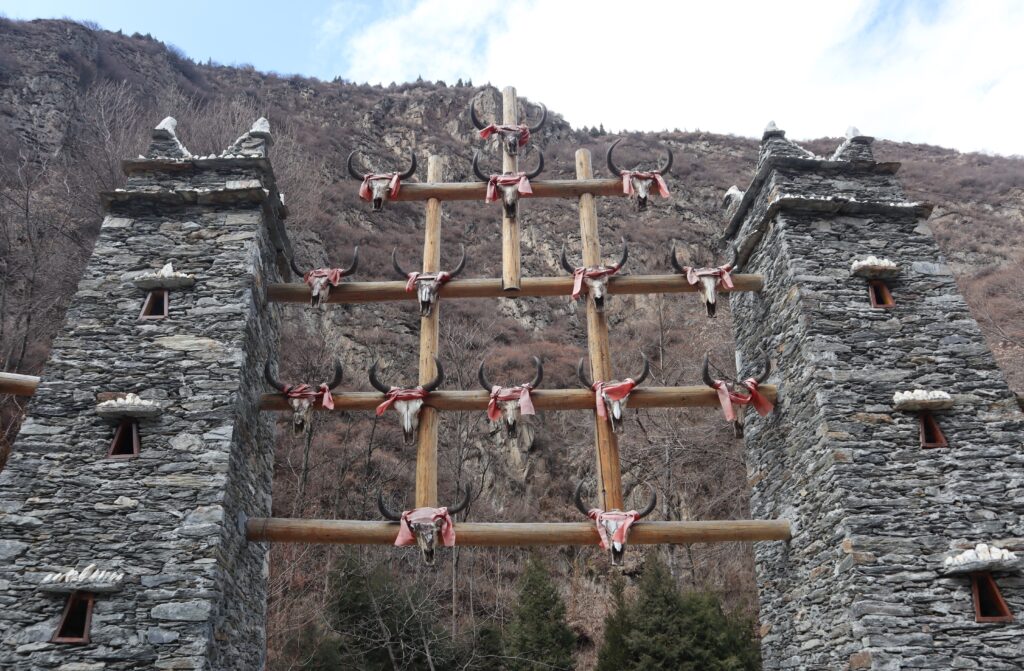
Traditional Qiang clothing is vibrant. If you really wanted to, you could maybe distinguish a Qiang person (in traditional dress) from other minority ethnic groups by the clothing. In addition to the colorful design, wool is often part of the dress too, and simple patterns are typically woven in.
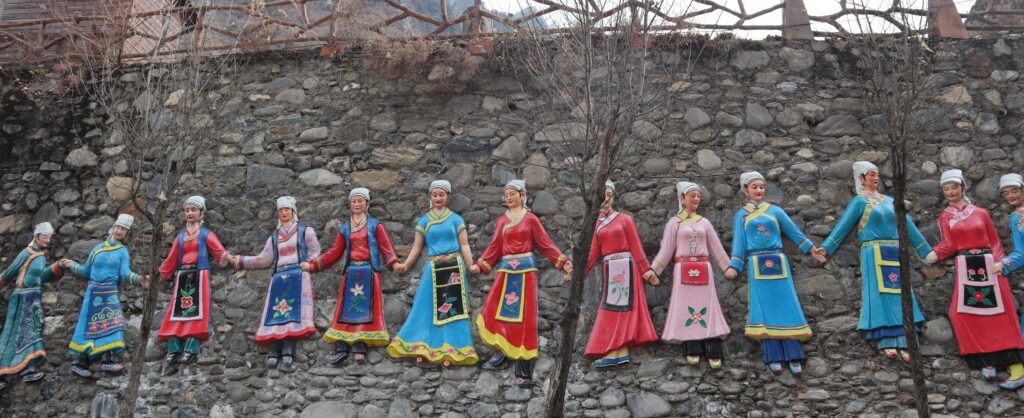
Some Qiang relatives also enjoy making (or knitting?) clothes and shoes in simple Qiang style. They can be sold, gifted, used personally- one relative made a cooking apron for herself.
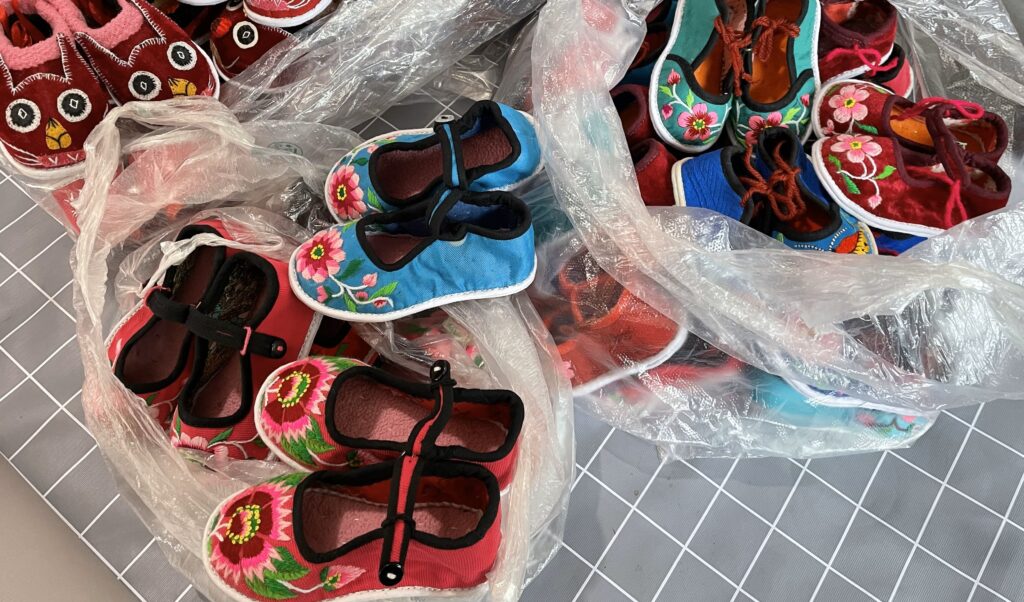
Identity is more than fashion, however. There is both Qiang religion and Qiang language. The “Qiangic” language (and its multiple dialects) is mostly spoken by some rural Qiangzu, many more do not know it. I don’t know much about the Qiang religious belief besides observing that the temples (and their interiors) feature prominent symbolism around nature, mountains (or stone), and fire.
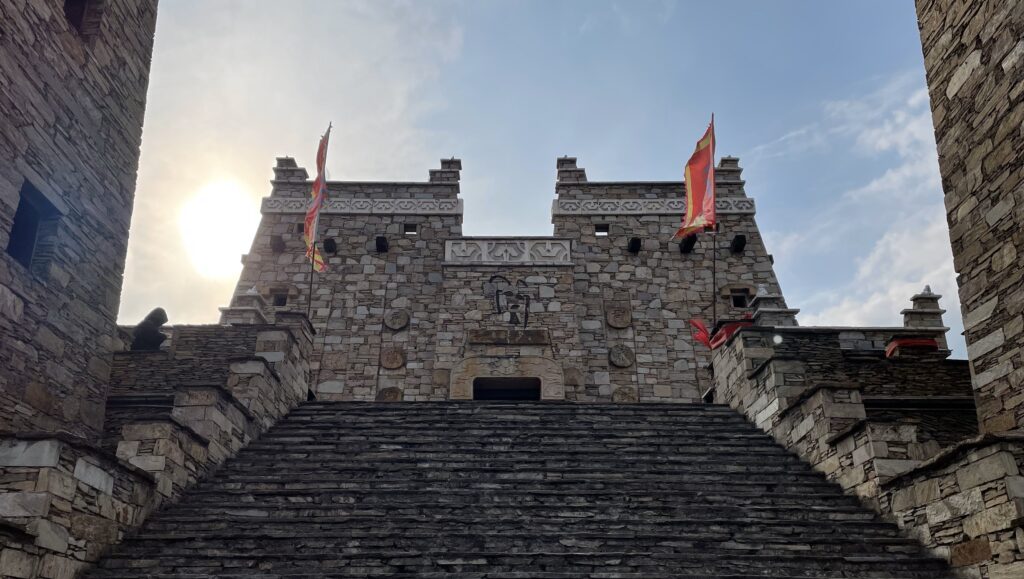
I think the element of stone, and the omnipresence of the mountains, are what I associate most with Qiang identity. There is, to me, an origin embedded in this special environment, that shines through past and growing entities.
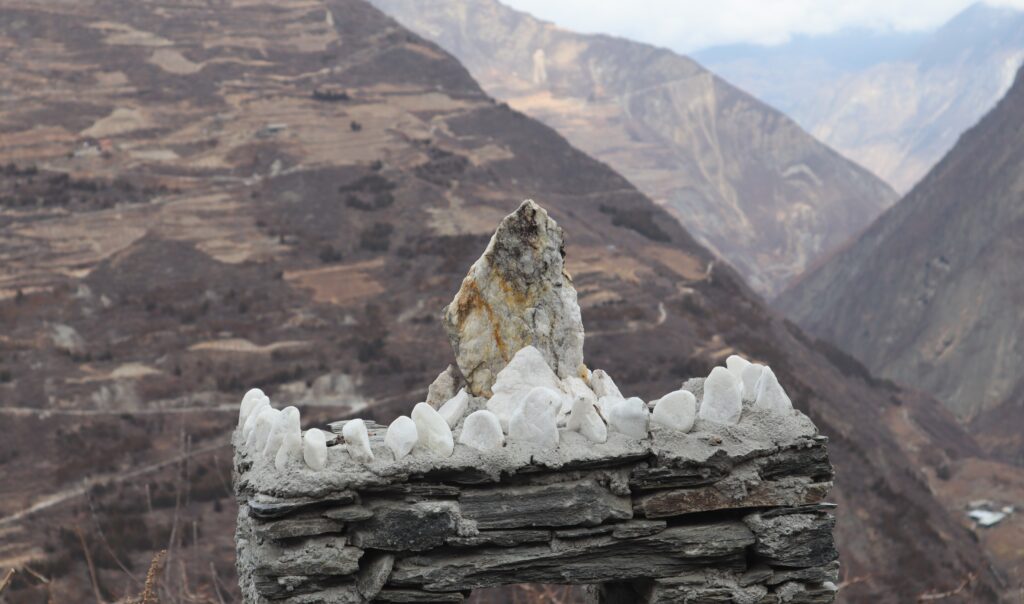
For the archive to access other Qiang related posts, click here.
I will look to add more to this page in the future.

